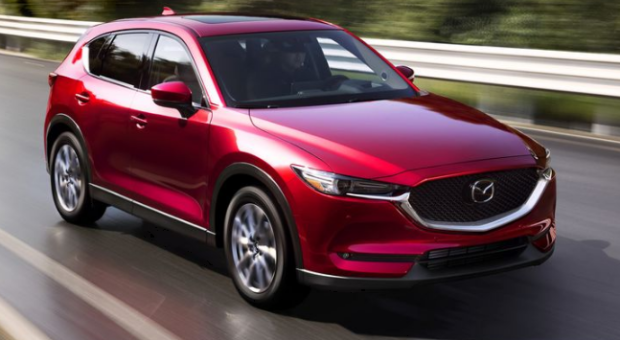
Electric cars and hybrid cars are both popular alternatives to traditional gasoline-powered vehicles. They both offer several benefits, such as increased fuel efficiency, reduced emissions, and lower operating costs. However, they differ in several key aspects, one of which is their engine.
Electric cars are powered by electric motors, which rely on a battery to provide the necessary energy. In contrast, hybrid cars have both an electric motor and a gasoline engine, which work together to provide power to the vehicle. Here, we will discuss the differences between the engine systems of electric cars and hybrid cars.
Electric Car Engines
An electric car’s engine system consists of an electric motor, battery, and power electronics. Electric motors have several advantages over traditional gasoline-powered engines. They are simpler, have fewer moving parts, and are more efficient. An electric motor can convert up to 90% of the energy stored in the battery to power the car, while a gasoline engine only converts around 30% of the energy in the fuel to power.
The battery is the most critical component of an electric car’s engine system. It stores the energy that powers the electric motor, and the range of the car depends on its capacity. The most common type of battery used in electric cars is lithium-ion, which is lightweight, durable, and efficient. However, batteries can be costly, and they have limited lifespans, which can result in significant replacement costs.
Electric cars use regenerative braking, which converts some of the kinetic energy lost during braking into electrical energy. This energy is then stored in the battery, which can help to extend the car’s range.
Hybrid Car Engines
Hybrid cars have both an electric motor and a gasoline engine. The electric motor powers the car at low speeds, while the gasoline engine takes over at higher speeds or when more power is required. The two engines work together, and the car switches seamlessly between them depending on the driving conditions.
Hybrid engines have several advantages over traditional gasoline-powered engines. They offer increased fuel efficiency, reduced emissions, and lower operating costs. The electric motor can assist the gasoline engine, reducing the amount of fuel it needs to burn to provide the same amount of power. This results in lower fuel consumption and fewer emissions.
Hybrid cars use regenerative braking, like electric cars, which converts some of the kinetic energy lost during braking into electrical energy. This energy is then stored in the battery, which can be used to power the electric motor.
Differences Between Electric Car Engines and Hybrid Car Engines
The primary difference between electric car engines and hybrid car engines is their power source. Electric cars rely solely on an electric motor powered by a battery, while hybrid cars have both an electric motor and a gasoline engine. Hybrid cars can run on gasoline, electricity, or both, depending on the driving conditions. Electric cars, on the other hand, rely exclusively on electricity.
Another significant difference is the range of the two types of vehicles. Electric cars typically have a shorter range than hybrid cars because they rely solely on a battery for power. Hybrid cars can run on gasoline, which means they can travel much farther than electric cars.
The cost is another significant difference between electric car engines and hybrid car engines. Electric cars tend to be more expensive than hybrid cars because of the cost of the battery. Batteries can be costly to replace, and they have a limited lifespan. Hybrid cars, on the other hand, have a gasoline engine that can be replaced, which can be less expensive than replacing a battery.
Finally, the performance of the two types of vehicles can differ. Electric cars have instant torque, which means they can accelerate quickly and smoothly. Hybrid cars can also provide good acceleration, but they are typically not as quick off the line as electric cars.
Conclusion
In conclusion, both electric cars and hybrid cars offer several benefits
















